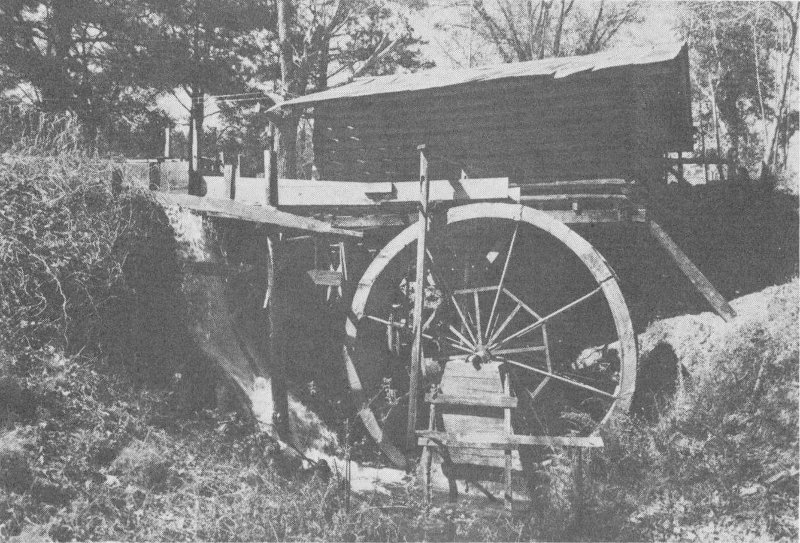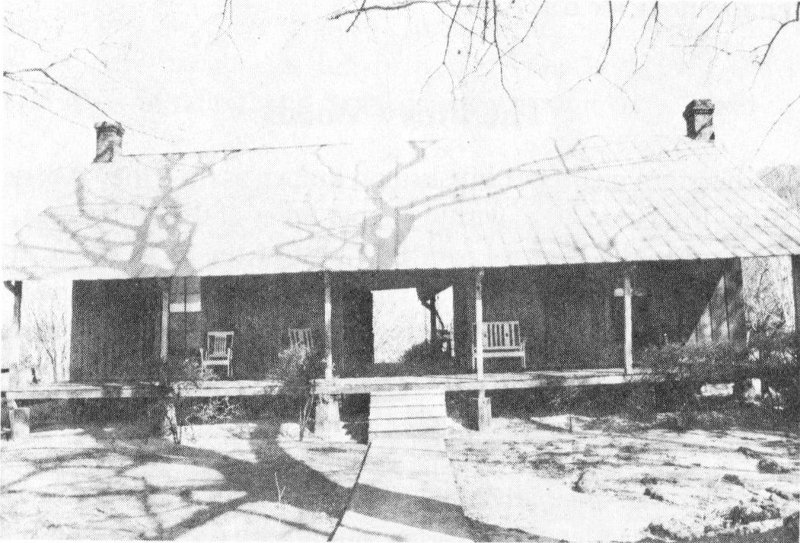
Mississippi Piney Woods:
a photographic study of folk architecture
by
Patti Carr Black
an exhibition
at the
Mississippi State Historical Museum

Cover photograph: Grist mill at Lake Bounds, Clarke County
MISSISSIPPI PINEY WOODS
a photographic study of folk architecture
by
Patti Carr Black
Mississippi Department of Archives and History
Jackson, Mississippi
1976
Reprinted 1980

- Tennessee Hills
- Black Prairie
- Pontotoc Ridge
- Flat Woods
- North Central Hills
- Jackson Prairie
- Brown Loam and Loess Hills
- Delta
- PINEY WOODS
My appreciation and thanks to the many residents of the Piney Woods whogave me directions, information, and access to their homes, especially Miss GertieAinsworth, Hulan Purvis, Bob and Patricia Harris, Clarence Smith, Charles A.McGee, S. D. Sullivan, and Mrs. L. E. Turner.
Introduction

Opposite: Sam Hosey house near Moss, Jasper County
“Then a house appeared on its ridge ... as if something came sliding out of thesky, the whole tin roof of the house ran with new blue. The posts along theporch softly bloomed downward, as if chalk marks were being drawn, one moretime, down a still misty slate. The house was revealed as if standing there frompure memory against a now moonless sky. For the length of a breath, everythingstayed shadowless, as under a lifting hand, and then a passage showed, runningthrough the house, right through the middle of it....”—Eudora Welty
The dogtrot house described by Eudora Welty in Losing Battles is in everyMississippian’s memory. Dogtrots, a part of the Mississippi landscape since theearly 19th century, were one of the most popular forms of folk structures in thestate, particularly in the southeastern section.
The study of folk architecture has been largely ignored in Mississippi, withthe major attention going to large mansion houses. Even the term “antebellum”has been used to refer only to affluent homes. Many dogtrots, log houses, andother rural homes in Mississippi are antebellum (built before the Civil War) andare far more widespread and characteristic of 19th century Mississippi architecture.
The houses built by the pioneers themselves represent an important and basicelement of Mississippi culture. They reveal the ingenuity and courage and affirmationof men and women who built their homes with little money, limitedmaterials, and no formal training as architects and builders. Few of thes